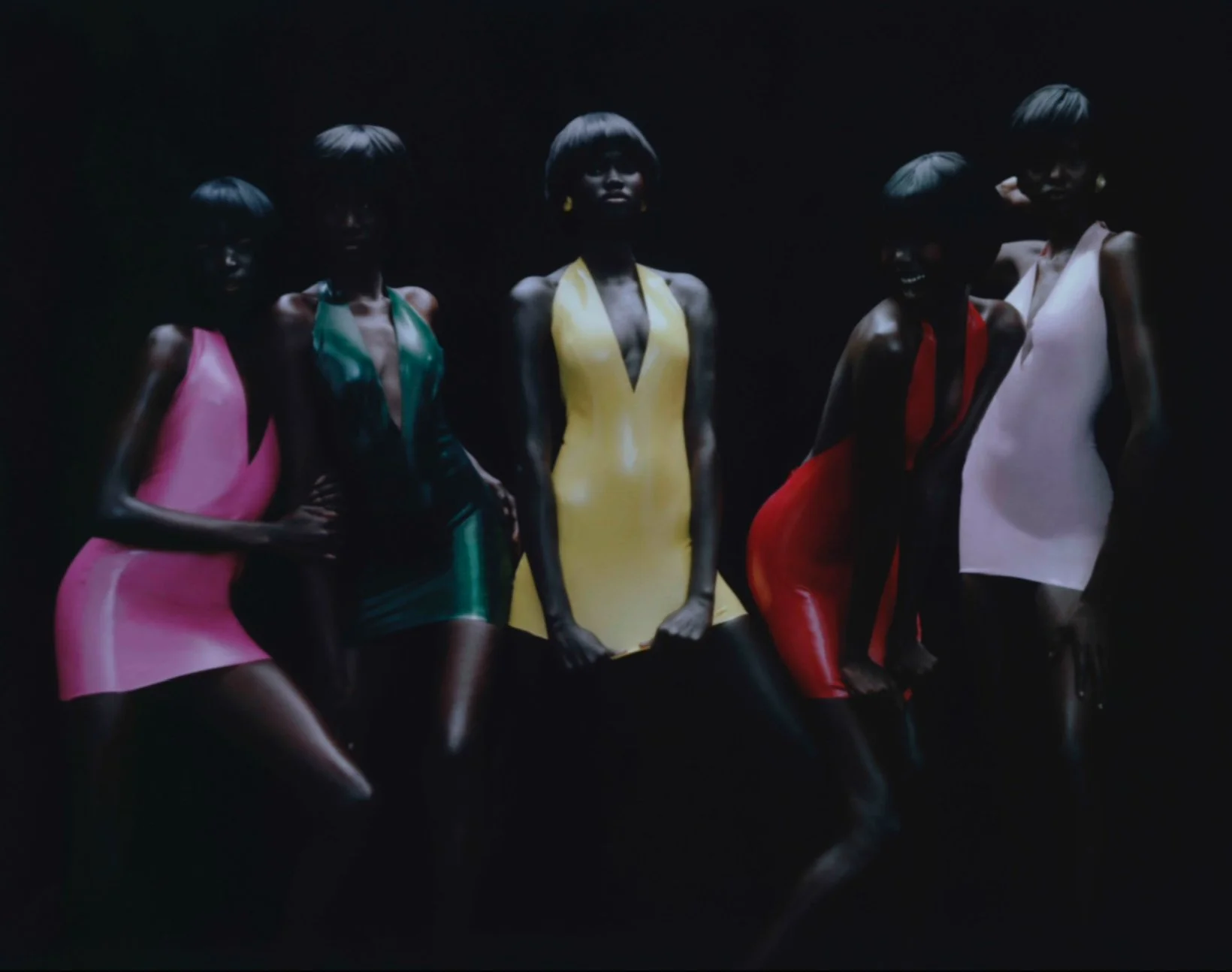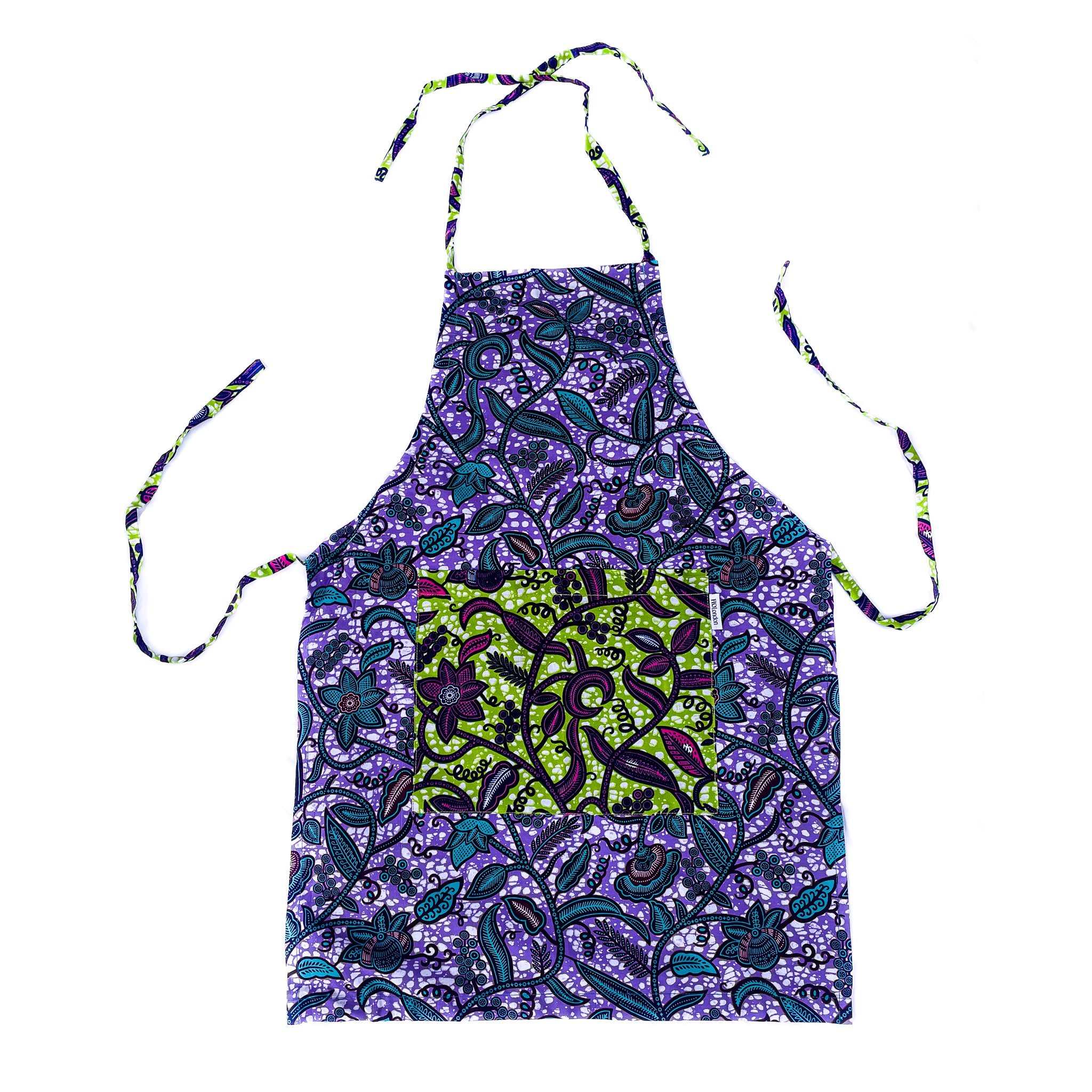1–54 Contemporary African Art Fair London 2024: Special Projects review
1–54 African Art Fair has returned to Somerset House for its twelfth year, and it’s a marker in the calendar we always look forward to – a Frieze Week must-attend. It’s worth reiterating that since its London launch in 2013, 1–54’s footprint is now in four continents, in major global arts hubs, with further editions now held every year in New York and Marrakech, as well as 1-54 Paris which launched as a pop-up fair in 2021. There aren’t many fairs that have managed expansion quite so successfully, and it’s fair to say that 1 – 54 is established as aglobally leading voice for modern and contemporary African art.
This year, more than 60 galleries have been carefully selected, many returning and several who have done so since the very first edition. And this year, more than half of the exhibiting galleries are hailing from the African continent itself. The fair continues to be a fantastic opportunity for brilliant galleries to greet both old and new audiences, and for them to get creative in platforming some of the most exciting artists on the scene. But for this piece, we wanted to focus on the Special Projects section of the fair. Through installations, immersive environments and new technologies, this strand of the fair offers some crucial and varied perspectives, and we implore you to seek them out. Here are our top five:
Tatale Provisions, the latest installation by Ghanaian-British inter-disciplinary artist, Akwasi Brenya-Mensa. Photo by Tani Burns.
Tatale Provisions
The latest installation by Ghanaian-British inter-disciplinary artist, Akwasi Brenya-Mensa, we absolutely loved this colourful and dynamic living archive. Designed for everyday sustenance that looks beyond the traditional retail experience, the installation on the surface presents an array of curated produce, products, and artisan projects which explore the theory of consumerism within Africa and in a global context. Brenya-Mensa is questioning how culture is commodified and represented universally and how traditional practices and trade are integrated into contemporary experiences. Provision stores historically have been the centre for convergence amongst local communities: a brief moment that allows worlds and life experiences to collide over a familiar, almost familial conversational exchange. Amidst the goods, from food staples to household items, provision stores serve as important nodes in the social and economic fabric of a society. Today, we live and breathe supermarket convenience. It is in this spirit that Brenya-Mensa’s iteration of the provisions store encourages the voyeur to reconsider the value and meaning of these goods.
However, more than that, it’s about nourishment, and the space offers a different element of that to different viewers – it’s hard to know who’s manning the installation and who is a visitor, much of the time, with some browsing items on shelves, others enjoying drinks or traditional snacks like chin chin, and some just finding among everything a slow moment and safe space of respite. It is an ode to the past, bringing awareness to the present and at the same time a celebration of the future. An introspective yet nostalgic experience that fosters the right food necessary for growth, health, and good condition, it reminds us of the importance of community and connection.
Fruits of Hope
For the West Wing Corridor, Theresa Weber has created an installation extending along the length of the space, winding across the hallway arches with suspended organic forms hanging overhead. They burst into a braided network of interconnecting rhizomatic root forms, which link the nodes of individual lives dispersed in the diaspora. Created in collaboration with October Gallery, into whose indigo-painted (and brilliant!) booth Theresa Weber’s installation winds itself, Fruits of Hope is made purposefully using the colour blue to draw upon the power associations of Indigo pigments, referring to its wealth status in Europe, colonial legacy and production by enslaved Caribbean labourers. Additionally, the fruit-like orbs evoke femininity, fertility and abundance, and the healing powers of nature.
Along the walls to work alongside the installation is also a series of ten ‘relief paintings’ entitled Haiti Revolution, which embody the revolutions of Freedom and Democracy in Haiti, and subsequently France, during the 1790s. Each work platforms a fictive cartography, as Weber embeds historical drawings into resin combined with foam clay and acrylic paste. Across both installations, additional adornments of beads, clips and rings suggest the underlying presence of Caribbean carnivalesque elements that have nurtured enduring powers of resistance within the creolisation of cultures.
In the Absence is a monumental immersive installation featuring work by Shabu Mwangi and Ngugi Waweru. Photo by Tani Burns.
In the Absence
In the Absence is a monumental immersive installation featuring work by Shabu Mwangi and Ngugi Waweru, co-founders of Wajukuu Art Project. Founded in 2003, WajukuuArt Project’s goal is to create alternative and creative futures for youths and children in the Lunga-Lunga neighbourhood of the Mukuru slum in Nairobi, through art. In the Absence, made up of three parts, is aimed at creating a reflective atmosphere, using everyday items to highlight the need for restoration and balance in people’s lives. Walking around its various elements, we see structures that juxtapose corrugated iron with traditional materials like dry grass and mud to highlight the changing views of home. Familiar objects such as butchers knives, blunted by use and reuse, fishing nets, spray cans and containers made from discarded items critique relentless consumption and the dehumanising effects of global capitalism. At the same time, Tibetan singing bowls and poetry are used to provide healing sounds that resonate with natural vibrations, aiming to soothe societal unrest. The result is a communal space for reflection and healing amid chaos. With the design featuring a reflective floor, these altered mirror images challenge viewers to move beyond their usual identities. Cotton clouds across the intersecting walls symbolise the heavens.
Augure: Infinite Trolling
In collaboration with Almas Art Foundation and The Defise Foundation, Congolese-Belgian artist Baloji presents an immersive video installation that explores the concept of infinite scrolling, a mechanism that drives social media consumption, and how this chaotic flow of content leads to desensitisation.
Oscillating between narratives, the film – which is displayed through 5 talk panelled videos each with its own attached headset – moves through a series of disjointed yet intertwined vignettes; Baloji approached the project as an exercise in empathy, presenting each sequence as an equally important perspective. AUGURE: Infinite Trolling plays with the limits of modern society, exploring how we process and prioritise information – and shape opinion – in an era of cognitive saturation.
This is the second collaboration between the two organisations after the screening of AUGURE (OMEN) in early 2024. Almas Art Foundation aims to document and raise awareness of resonant practices from Africa and its diaspora through its programme of publications, films and exhibitions. The Defise Foundation aims to participate in the development of the cultural and artistic ecosystems in Congo and contribute to the dissemination and promotion of arts from Africa and its diaspora.
Congolese-Belgian artist Baloji presents an immersive video installation exploring infinite scrolling, a mechanism that drives social media consumption, in collaboration with Almas Art Foundation and The Defise Foundation. Photo by Tani Burns.
Spier Arts Trust
Once you’ve been into a few Nando’s, there’s no doubt you’ll start to notice the art on the walls. But what you might not immediately realise is that 1) every restaurant is intentionally curated and 2) every piece of art on the walls is an original. No cheesy prints, no easy fixes to fill walls. Nando’s patronage of contemporary Southern African art is through close partnership with Spier Arts Trust, and their joint goal is to enable both career development opportunities for artists and the high level, quality curation of Nando’s body of work.
Corporations coming into contact with art can be something we aren’t all that comfortable with, but it’s undeniable it’s an important part of the industry’s ecology. And it’s not always done right. But sometimes, it really is. By helping artists to focus full-time on their artistic careers with the potential to earn a regular income, Nando’s is making a difference in people’s lives while continuing to grow its Southern African art collection. The collection currently features more than 27,000 artworks in restaurants around the world. Based in Cape Town, Spier Arts Trust also facilitates collaborative work between fine artists and artisans, culminating in economic empowerment projects rooted in artistic excellence and human development. For 1-54 London 2024, Nando’s is presenting work by three Southern African artists: Asanda Kupa (co-creating with Keiskamma Arts Trust), Candice Kramer (co-creating with HUB Studios) and QhamanandeMaswana (co-creating with Qaqambile Bead Studio).
Click here for our pick of artists to watch out for at this year’s 1-54 Contemporary African Art Fair.
Date: 10 - 13 October 2024. Location: Somerset House, Strand, London WC2R 1LA. Price: from £29. Concessions from £15. Book now.
Words by Tani Burns



















































The Cinnamon Club had completely flown under the radar for me. It is in a pocket of London I rarely visit, and even if I did, the building’s exterior gives little indication of what’s inside. But now that I’ve discovered it, I already have plans to return with my husband - and in my mind, a list of friends I would recommend it to…